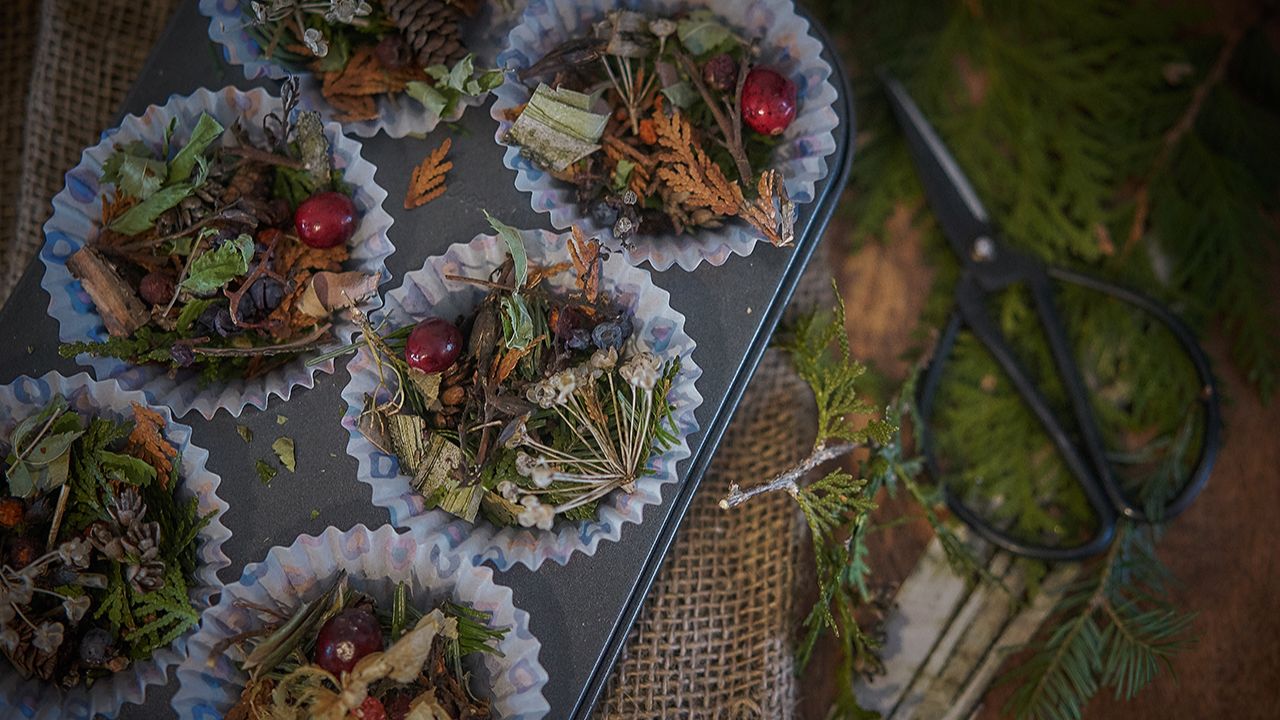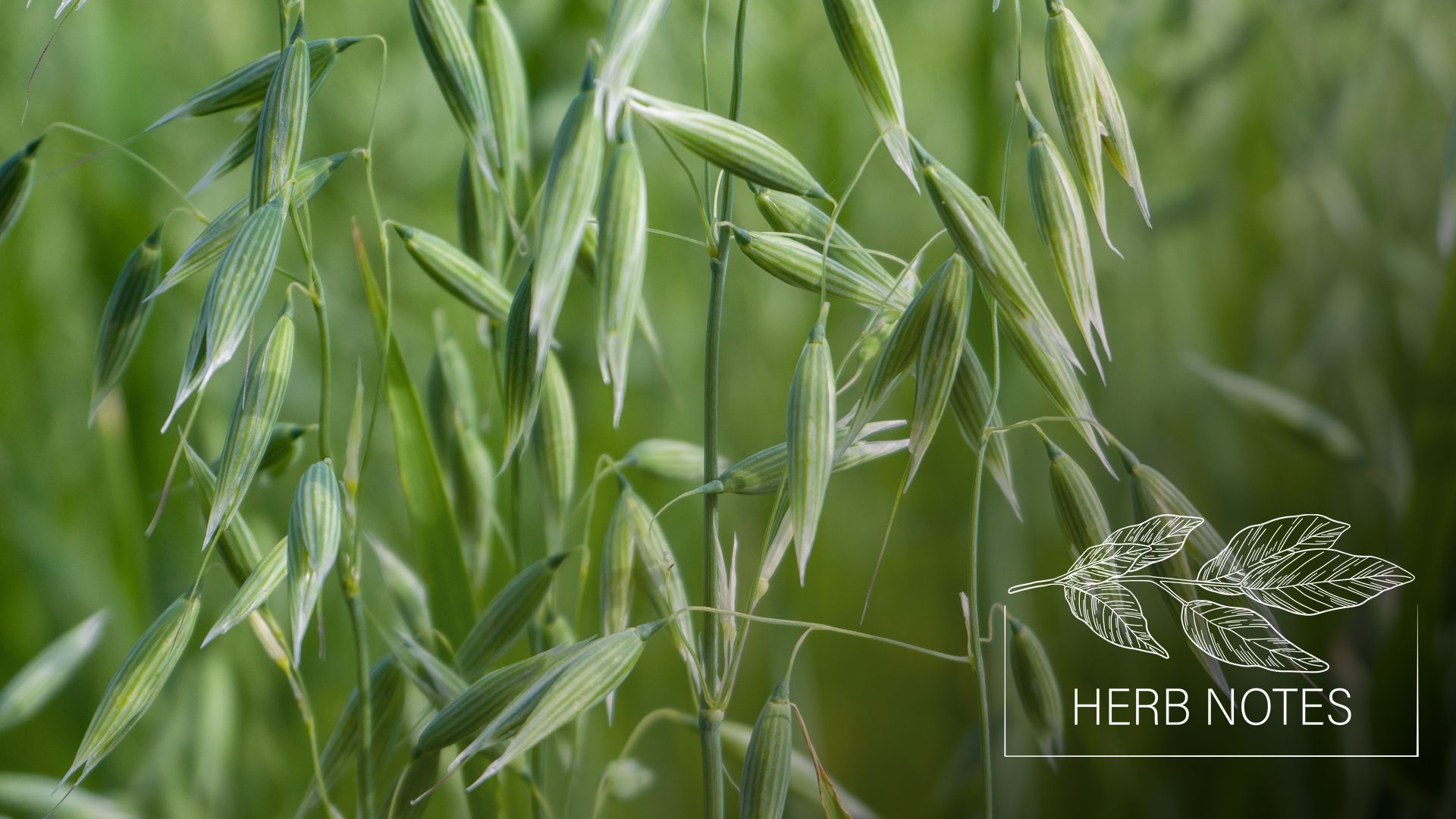
Vitex Uses and Plant Monograph
Vitex is a deciduous shrub that is native to Mediterranean Europe and Central Asia. It is easily cultivated throughout the world. Commonly referred to as “monk’s pepper,” vitex was used by monks during the Middle Ages to help subdue libidos. The berries of the tree have been used since antiquity for a variety of therapeutic purposes primarily related to the female reproductive system. Surviving written evidence from ancient Greek and Roman physicians, including Dioscorides (40-90 CE), indicate the common use of vitex for inducing menses, reducing uterine inflammation, and promoting lactation.
Many of the traditional uses from antiquity continue in herbal practices today. Vitex helps regulate the menstrual cycle, support sexual function and libido, enhance fertility, and can be used as a galactagogue. Overall, vitex is one of the most important allies for the menstrual cycle as a hormone regulator a nd balancer.
Vitex Uses and Plant Profile Summary
-
Botanical Name: Vitex agnus-castus
-
Other Common Names: chaste tree, chasteberry, monk’s pepper
-
Family: Lamiaceae (formerly Verbenaceae)
-
Parts Used: fruit (berry)
-
Energetics: warming, drying
-
Taste: pungent, acrid, bitter
-
Plant Properties: sex hormone modulator, uterine tonic, galactagogue, diaphoretic, diuretic, emmenagogue, progesteronic, prolactin inhibitor, dopaminergic, anti-inflammatory, alterative, rejuvenative, carminative, astringent, analgesic, anaphrodisiac
-
Plant Uses: Reproductive hormones, menstrual dysregulation, dysmenorrhea (severe and frequent menstrual cramps), menorrhagia (heavy or prolonged menstrual periods), luteal phase dysfunction, fertility problems, PMS, menstrual cramps, mastodynia/mastalgia (breast pain and tenderness), hyperprolactinemia (high levels of prolactin), miscarriage, insufficient lactation, low libido in women, high libido in men, fibroids, ovarian cysts, low progesterone, insomnia, acne, postnatal depression, menopause
-
Plant Preparations: Tincture, infusion, capsule, poultice
Vitex for Regulating the Menstrual Cycle
“A teaspoonful taken as a drink in wine brings down milk [breastfeeding] and expels the menstrual flow.”
- Dioscorides, De Materia Medica 1-135
As a hormone regulator, vitex helps normalize the menstrual cycle by encouraging ovulation and regular bleeding. It is especially useful for conditions of irregular menstrual cycles, including: amenorrhea, which is characterized by the absence of menstruation; menorrhagia, which is characterized by heavy or prolonged menstrual periods; and dysmenorrhea, which is characterized by severe and frequent menstrual cramps and pain during menstruation.
Vitex supports the regulation of the menstrual cycle by specifically enhancing the function of the luteal phase. The luteal phase is the time between ovulation and the first day of menstrual bleeding. During this phase, the hormone progesterone is released by the ovaries to encourage the thickening of the womb lining in preparation for a fertilized egg. When this phase is encouraged with healthy levels of progesterone, the menstrual cycle is balanced and occurs monthly on schedule. Vitex has been shown to increase progesterone levels when taken daily for at least three consecutive months.1
In most cases, vitex is used when there is elevated estrogen (estradiol) or elevated prolactin relative to progesterone. When elevated, both hormones can cause distress and uncomfortable symptoms related to PMS during the luteal phase. Because vitex works as a hormone modulator, it is also helpful when the hormone levels are relatively low, as well.
Additionally, vitex is useful in normalizing the menstrual cycle after oral contraceptive use is discontinued and the hormones of the reproductive system need to re-balance.

Vitex for Relieving Symptoms of PMS
Symptoms of PMS occur during the luteal phase of the menstrual cycle. These symptoms include mood swings, abdominal cramps, bloating, and breast tenderness. Other symptoms that worsen during PMS include herpes outbreaks, acne, ulcers, and migraines.
The use of vitex for PMS and menstrual irregularities is recognized by the German Commission E, which is a scientific committee that evaluates the safety and efficacy of over 300 herbs and herb combinations.2
Vitex has been extensively studied for its therapeutic application in the treatment of PMS, more so than its other uses. There have been extensive clinical studies on the use of vitex for effectively relieving symptoms of PMS. One study found that vitex binds to opiate receptors, which may explain its ability to relieve PMS discomfort and pain.3 A study with 170 women experiencing PMS received a vitex extract of 20 mg standardized to casticin daily for 3 months. Casticin is a flavonoid and one of the major phytoconstituents in vitex which has been studied extensively for its anti-inflammatory anti-cancer properties.4 The women reported significant improvements in irritability, mood alteration, breast fullness, headache, and bloating.5 Another clinical study with 134 women concluded that vitex can be considered as an effective and well-tolerated treatment for the relief of symptoms of mild and moderate PMS.6
It is important to note that the effectiveness of vitex may be dependent on dose. Low doses of the vitex may result in a decrease of estrogen production and an increase in both progesterone and prolactin. In high doses, vitex may result in a decrease in prolactin release.7 Refer to the section below on Plant Preparations and Dosage Suggestions for suggested low and high doses of vitex.

Vitex & the Pituitary Gland
The pituitary gland is a small, pea-sized gland found at the base of the brain. It is considered the “master gland” because it instructs other glands to produce hormones. Although the exact pharmacological mechanism of vitex on the body is unclear, one theory suggests that vitex may stimulate the pituitary gland to inhibit the release of prolactin. This inhibitory action results in enhanced progesterone production and enhanced corpus luteum development.8 The corpus luteum plays a crucial role in fertility. It is a temporary collection of cells that forms on the ovary after ovulation and its purpose is to ensure a healthy uterus for a potential fetus to grow.
The connection between the pituitary gland and reproductive health (and fertility) is complex and involves understanding the types of hormones released at which phases of the menstrual cycle. For the purposes of this monograph, we will keep things simple. The key takeaway is that vitex works to influence the production of sex hormones in order to regulate and balance the body for optimal health.

Vitex for Sexual Function & Libido Support
Vitex can help regulate libido and sexual function. Depending on the desired outcome, dosage matters. For those with sexual melancholy and low desire, a high dose of the herb can help stimulate libido. This is due to the varying impacts the plant has on dopamine and prolactin levels, and perhaps also on testosterone. Vitex may also be helpful for men with erectile dysfunction characterized by high prolactin and low testosterone. This effect of vitex on men has not been clinically evaluated.9
For those wanting to inhibit sexual desire and preserve chastity (just like the monks in the Middle Ages), a low dose of vitex may help reduce libido. There are other examples of vitex encouraging chastity throughout history. According to the Roman naturalist Pliny the Elder (23-79 CE), matrons in ancient Athens scattered their beds with vitex leaves to help preserve chastity. In ancient Rome, young women carried branches of the shrub to symbolize sexual purity.10

Vitex for Enhanced Fertility
Infertility is often related to hormonal imbalances. Because of its hormone balancing abilities, vitex has been used since antiquity for its ability to enhance fertility and encourage pregnancy. Vitex in high doses is indicated for this purpose.
Clinical studies have concluded that vitex can provide an alternative or adjunct to conventional fertility therapies. One double blind and placebo-controlled study provided a nutritional supplement called “FertilityBlend for Women” to 93 women aged 24–42 years old who were unsuccessful in conceiving for 6–36 months. The supplement contained vitex, green tea, L-arginine, vitamins, and minerals. The researchers tested progesterone levels, basal body temperature, menstrual cycle length, pregnancy rate, and side effects over a period of 3 months. The researchers reported that progesterone levels increased in the luteal phase, short and long cycles were normalized, and 26% of those taking the supplement became pregnant compared with 10% of the placebo group after 3 months.11
For women with a history of miscarriage, vitex has been used to prevent recurrent miscarriage during the first trimester. This type of miscarriage may be due to insufficient levels of progesterone or an inadequate endometrial response to the pregnancy. Vitex likely improves the chances of a pregnancy by improving luteal function, and as a result, increasing progesterone levels.

Vitex for Improved Lactation
Traditionally, vitex has been used to help improve lactation by increasing breast milk production. A low dose is suggested to reverse insufficient or halted milk production. While vitex has been reported to increase milk production without changing the composition of the milk, there is a lack of sufficient scientific evidence confirming the safety of its traditional use. Some herbalists discourage its use during lactation until further studies have confirmed the traditional usage and dosage.12
In Traditional Chinese Medicine, the bitter and acrid characteristics of vitex helps to resolve liver depression qi stagnation. This type of depression can lead to heat, which is generally associated with anger and irritability, causing mastitis (inflammation of breast tissue) which can inhibit breast milk production.13
Some midwives recommend vitex for women who are breastfeeding and have not yet resumed their menstrual cycle but who want to get pregnant again. This recommendation is also for women who have a history of miscarriages but want to conceive.14

Vitex for Menopause
There are not as many clinical studies on the use of vitex for alleviating menopausal symptoms as there are for PMS symptoms, but there is emerging evidence that supports the traditional use of vitex in relieving a variety of menopausal complaints.15
Historically, vitex has been used to relieve symptoms related to perimenopause and menopause. These include hot flashes, night sweats, vaginal dryness, anxiety, insomnia, low libido, and uterine fibroids. Due to vitex’s ability to regulate sex hormones, it can help decrease the severity of these symptoms. Vitex is not recommended for use by post-menopausal women.16

Other Therapeutic Uses
“It is rubbed on the head bringing on a deep sleep… It dissolves headaches applied as a poultice.”
- Dioscorides, De Materia Medica 1-135
As one of the most important allies for menstrual health, vitex is also helpful for conditions of endometriosis, uterine fibroids, fibrocystic breast disease, and polycystic ovarian syndrome, as well as hormone-related skin conditions, such as acne and herpes cold sores. Vitex is considered potentially useful in herbal protocols for estrogen-sensitive cancers in pre-menopausal women.17
In addition to supporting reproductive health, vitex has also been useful in other aspects of health. In the Ayurvedic tradition, vitex (Vitex negundo) is used as a poultice to stimulate circulation in weak limbs.18
As food, vitex berries can be grinded in a spice grinder (like peppercorns) and used to flavor foods with its acrid, spicy, and warming flavor.

Vitex for Honey, Perfume, Baskets, and Dye
In addition to its therapeutic applications, vitex is an ornamental plant in gardens and a source of food for bees, who make a delicious honey from its flowers. It is a delightful herb to have in a garden because of its beautiful flowers and aroma. The aromatic flowers can be made into a perfume. Long, flexible fresh stems of vitex are woven into baskets and even beach umbrellas, and can be purchased from local artisans in the Mediterranean region.
The leaves, seeds, and roots are used to extract a yellow or green dye for clothing and accessories. The dye produced from the plant is used as a natural dye for carpet weaving in the Western Anatolian part of Turkey.19

Constituents
Labdane diterpenoids, flavonoids (casticin, vitexin, isovitexin), iridoid glycosides, fatty acids (palmitic, oleic, linoleic, stearic), alkaloids (viticin), and essential oils.
Botanically Speaking
“Agnus [vitex] is a shrub almost as high as a tree bearing long sprigs, growing near and in watery fields and in rough and uneven places. It is hard to break and the leaves are similar to those of the olive tree yet more tender and bigger. Some of them bear white flowers inclining to purple, others purple flowers; and the seed is like that of pepper.”
- Dioscorides, De Materia Medica 1-135
Vitex is an aromatic and ornamental deciduous shrub that is native to the Mediterranean region and is easily cultivated throughout the world. It can grow up to 22 feet / 6.5 meters in height. It has dark green palm-shaped leaves with a silvery underneath and small purple flowers. The flowers attract bees and make excellent honey. The shrub grows well in poor soils and dry regions, and are desirable in degraded lands for their ability to rehabilitate the soil.
Vitex berries should be gathered in late summer and early autumn when they have ripened. The berries can be ground in a pepper grinder and tinctured fresh or they can be dried and stored for future use. The dried berries should be gray-black and maintain their aroma.
The Latin botanical name agnus-castus is related to the Latin words for lamb (“agnus”) and chastity ("castitas"). This relates to its use to decrease sexual desire and promote chastity in women and celibacy in monks.20

Plant Preparations and Dosage Suggestions
At least 3 months of daily consistent use (3 menstrual cycles) is recommended to notice the full therapeutic effects of vitex.
- Tincture: 2 ml two times per day (1:5 tincture 50–70%)21
- Low dose: 5–10 drops three times per day
- High dose: 2–4 ml three times per day
- Powder: 30–40 mg once per day, up to 500 to 1000 mg daily22
- Infusion: 1 tsp dried berries in 8 oz water three times per day23
Special Considerations
Vitex is considered safe. It is characterized by AHPA Safety Class 1, Interaction Class A. Vitex is not recommended for post-menopausal women, those with pituitary or hormonal issues, or for women taking oral contraceptives or hormone replacement therapy. Due to the lack of scientific studies confirming the safety of vitex during lactation, some herbalists discourage its use by breast-feeding mothers.









